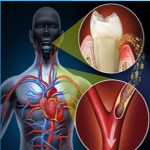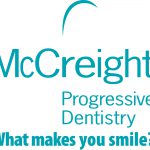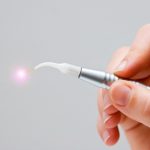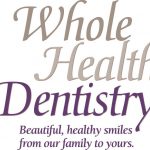
In simple terms, being CLIA certified and CAP accredited ensures your test results are meeting and exceeding industry standards for clinical laboratory testing.
The Clinical Laboratory Improvement Amendments of 1988 (CLIA) are federal regulations for United States based clinical laboratories to provide industry standards for testing of human samples for diagnostic purposes. These amendments were added to the laboratory requirements outlined in the Code of Federal Regulations, 42 CFR 493. ...
Read More








